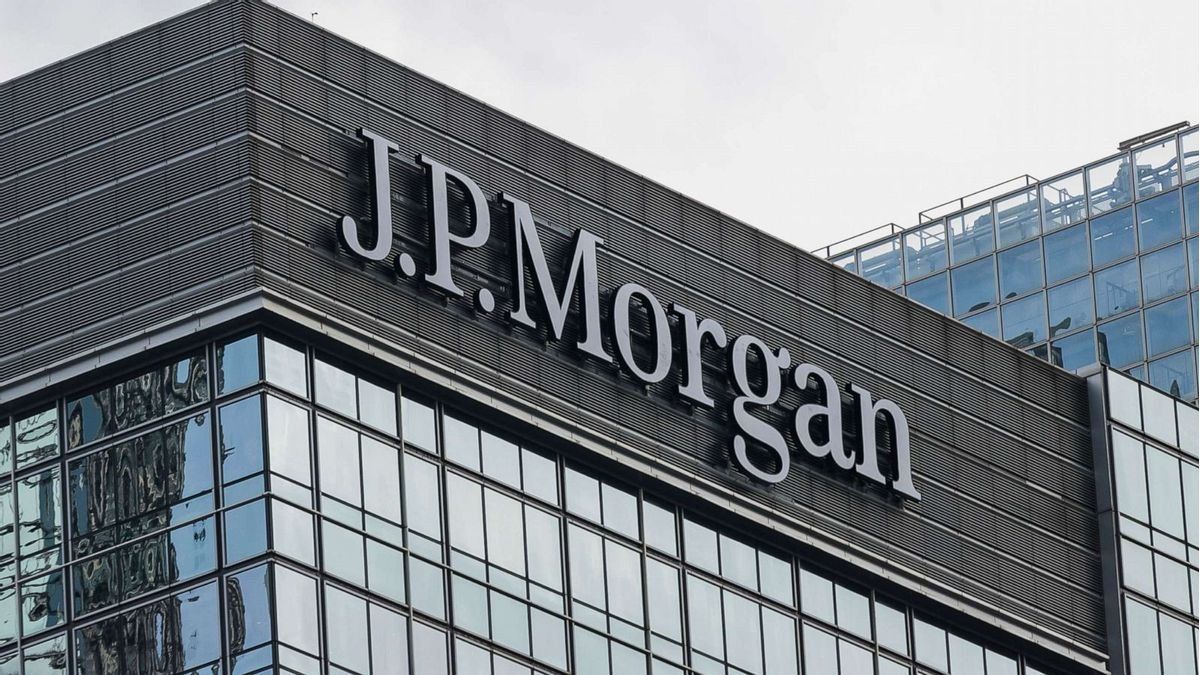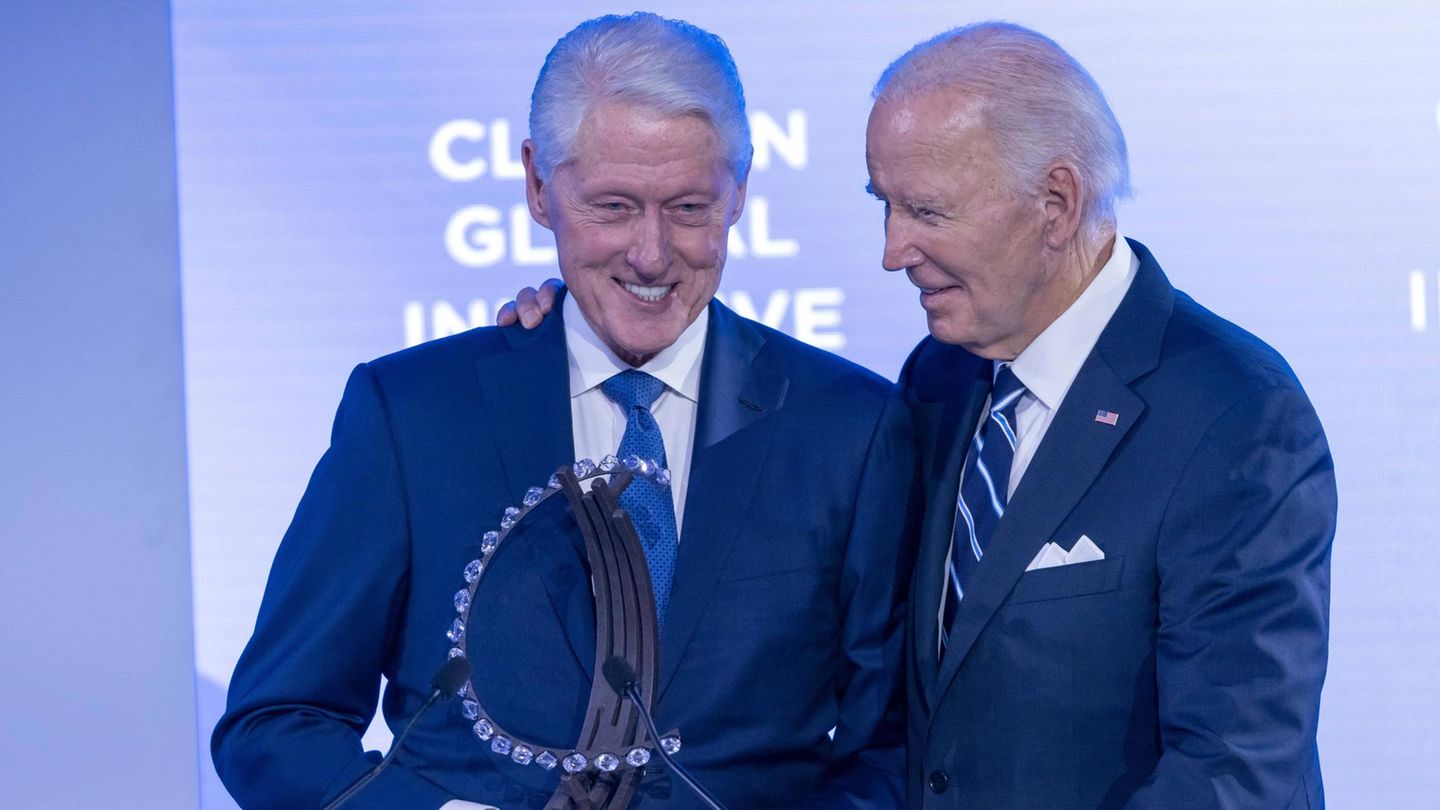Not only for the Government, and in particular for the economic team led by Luis “Toto” Caputo, but also for a large part of the analysts who were betting on the inflationary slowdown, the October CPI figure below 3 was welcome news. %. Having broken that level with 2.7% also implied, for some, recalibrating inflation projections for the remainder of the year and for 2025. The American investment bank JP Morgan is included in that group, which in its latest report on Argentina considered, precisely, the fact of having fallen below the 3% monthly level.
What’s more, The authors of the report, Lucila Barbeito and Diego Pereira, acknowledge that the October figure exceeded their expectations since they had estimated 2.9% while the rest of the market, on average, 3%. In addition, they highlight that monthly inflation was lower than the previous month (3.5% monthly), being the lowest since November 2021, mainly due to a slowdown in food prices and regulated prices.
“When adjusting for seasonality (according to the bank’s methodology), the national general CPI is 3.3% monthly, still above the monthly level of 3%, although slowing down compared to the average of the last three months of 4.2% ”. Thus, the sequential pace of the last three months slowed further to 55%, seasonally adjusted annual rate (SAAR).
Another point that stands out is that core inflation slowed to 2.9% monthly (+2 percentage points of contribution) from 3.3% (+2.2 points of contribution) of the previous month, being the lowest value since September 2020.
Inflation: not everything is rosy
However, the bank realizes that the not so good data came from its preferred reference, which is underlying inflation, that is, adjusting core inflation excluding food prices. “In fact, core inflation stood at 3.5% monthly, which proved to be relatively stable downward compared to the 3.6% recorded the previous month, but, when adjusting for seasonality, the sequential pace of the last three months of core inflation stands at 60%, annualized rate (SAAR)”explain the analysts.
By diving deeper into the data released by INDEC, the bank highlights that if broken down by component, food inflation slowed to 1.2% monthly (+0.4% percentage point contribution) and marked the lowest value since July 2020, from 2.3% the previous month and 3.3% on average until August. “The monthly data was mainly explained by fresh foods (meat, vegetables and fruits), which recorded a zero contribution to inflation this month”details the report.
Regarding the set of regulated prices, they indicate that they continue to slow down, marking a monthly variation of 2.7% (+0.5 percentage point contribution) which was possible due to a combo of an increase in energy rates of 3.2% per month and of prepaid medical services of 6% and the deflation in fuel prices. While seasonal prices slowed to 1.4% monthly (+0.2 contribution point) driven by deflation in fresh vegetables.
CPI: JP Morgan recalculates forecast
Faced with this panorama, JP Morgan states that With the October data they revised the inflation forecast for December 2024 to 120% year-on-year. It is worth noting that, after the October inflation data was published, President Milei announced that if monthly inflation remains close to the 2.5% rate “induced by the policy framework” in the next two months, the monthly exchange rate adjustment rate (“crawling peg”) will be cut to 1%, therefore, “Our revised scenario now assumes that monthly inflation will average 2.5% in the first quarter of 2025 (compared to 3.8% previously)under the assumption that the Milei Administration slows down the ‘crawling peg’.” For the bank, this is consistent with end-2025 inflation of 29% annually; and such a course of action would be more aligned with postponing the transition to a new exchange rate framework until later in the year, they explain.
Betting on the “carry trade”
It is worth noting that the October data implies a year-on-year inflation of 193% and 107% so far in 2024, still high figures for macro stabilization. Clearly, all the cards are played for the CPI to remain in line in the last two months of the year and thus the “crawling peg” accompanies adjusting in 2025 to 1%, lowering expectations and putting pressure on internal prices. It is worth mentioning that after the inflation data and the movements of the fixed rate curve, the “breakeven” for the last two months of the year remained at 2.2% (this is the inflation rate that equals the annual discount rate of the BONCER T2X5 and the LECAP S14F5). In the market they calculated, with a view to betting on the furious “carry trade”, that for the first 10 months of 2025, the inflation that equals the performance of the BONCER TZXD5 with that of the BONCAP T15D5 fell to just over 1.5% monthly average.
Source: Ambito
I am an author and journalist who has worked in the entertainment industry for over a decade. I currently work as a news editor at a major news website, and my focus is on covering the latest trends in entertainment. I also write occasional pieces for other outlets, and have authored two books about the entertainment industry.




